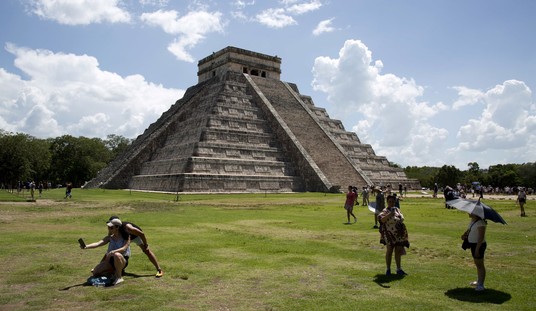The Washington Post reported yesterday that Donald Trump will form a “task force” to handle his massive infrastructure improvement plan once he takes office in January. On the surface, this seems like another example of Republicans betraying their old school mandate of reducing government spending. Digging a little deeper reveals that there might be groundbreaking gold in these hills.
According to WaPo:
Trump has pledged to mobilize anywhere from half a trillion to a trillion dollars into upgrading the nation’s aging roads, bridges and transportation hubs. But that plan might not rely on direct federal spending. Venture capitalist Wilbur Ross, Trump’s nominee to run the Commerce Department, and University of California at Irvine business professor Peter Navarro have proposed an investment tax credit that they say would cost $137 billion and stimulate about $1 trillion of private investment. Ross and Navarro say the plan would be revenue-neutral — a claim likely be hotly disputed.
“Hotly disputed” is right. It sounds more like a magic trick than actual politics to believe that we can come out of this with a revenue-neutral implementation that brings the private and public sectors together for mutual benefit.
Of note is that the source stated this task force will not be run by a cabinet level person. That removes the obvious choice, Elaine Chao, from the picture. One might think that her position as Transportation Secretary combined with her marriage to Mitch “Purse Strings” McConnell would make her ideal, but Trump has different plans. Is he going to bring in an Obamaesque czar to lead the effort? Whether they use the word or not (they won’t), that seems like the only possibility.
If this is starting to sound like Stimulus 2.0, that’s because it may be.
If Trump can invest $137B in taxpayer money and parlay that into a trillion dollar infrastructure project paid for and implemented by the private sector, this could be the most brilliant political move of our lifetimes. It could change the way Washington DC operates, a notion that pulls at my Federalist Party heartstrings. In the past, there have been examples of incentives working to get the private sector to invest in government projects, but there hasn’t been anything that matches this plan in scale. If it works on this project, it could establish a roadmap for future projects that can get a whole lot done without further harming taxpayers, the federal budget, or the national debt.
If, on the other hand, this is just another huge expenditure using the revenue-neutral false promise and private sector utilization to sell the concept to Congress, it will be a worse disaster than Obama’s stimulus. That would mean that this is a crony capitalist set of deals shoveling pork disguised as unbiased task force choices to maintain a degree of separation between the administration and the benefactors of the deals. If that’s the case, it makes perfect sense to keep Chao (and McConnell) as far away from the details as possible.
Until we see the magic formula that makes the infrastructure goose lay a whole lot of golden eggs, there’s really no way to know how this will turn out. If anyone can make this work, it would be Trump and the business dream team he’s putting on this project, but there’s still plenty of room for skepticism. As we all know, Trump can change his policies at will. Hopefully, this is a project that will actually pay as promised. Otherwise, we could see a whole lot of bridges being built that lead to budget deficits worse than Obama’s.













Join the conversation as a VIP Member